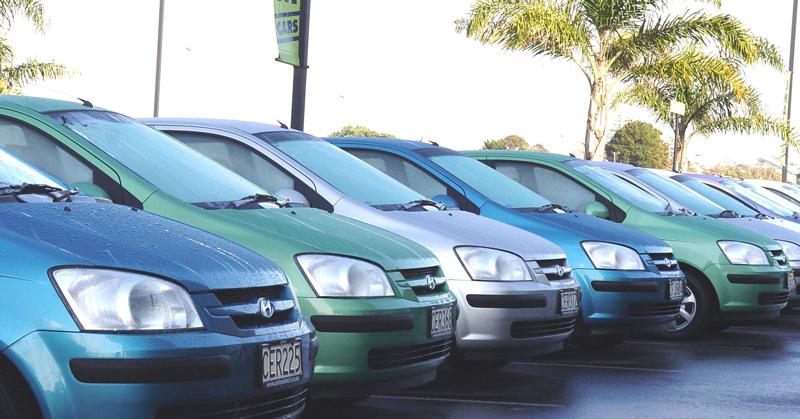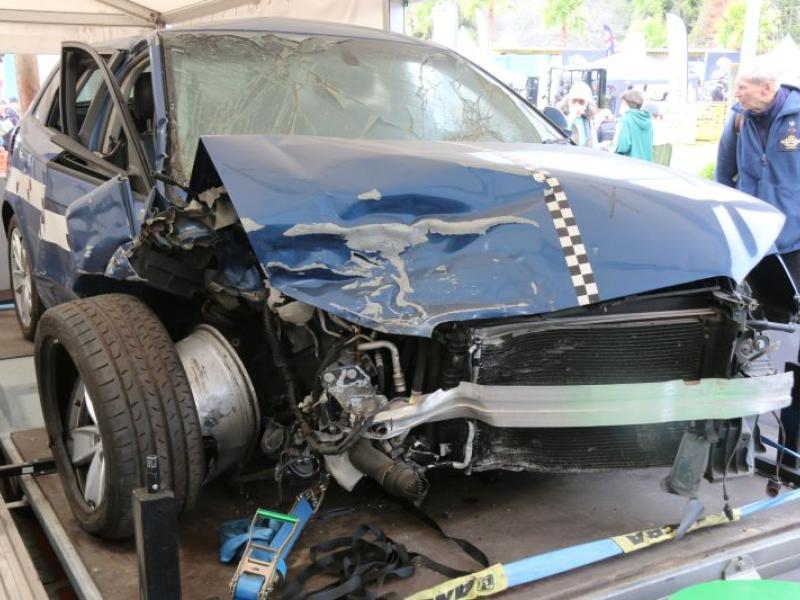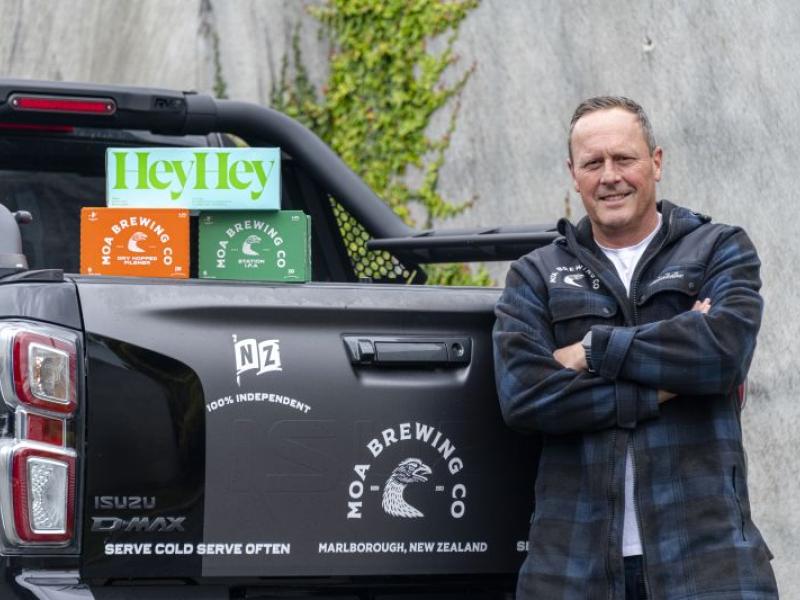Rising costs, new technologies and often confusing regulations mean managing a fleet of vehicles has never been more challenging. Not surprisingly, an increasing number of organisations are outsourcing to utilise the services of specialist fleet management companies.
By Glenn Baker.
These are challenging times for New Zealand’s fleet managers. For those charged with keeping fleets cost-effective and compliant, and staying up with fleet technologies, the responsibilities of the job have steadily increased.
In the past few years, Geoff Tipene, managing director of SG Fleet NZ, has seen an acceleration in corporate and government fleets in particular being outsourced to Fleet Management Organisations (FMOs).
“It is very difficult for any fleet operator to stay up to date on regulatory requirements, health and safety measures and strategies, fit-for-purpose analysis, and keeping a fleet mobile when assets are off the road,” he says.
It’s hardly surprising then that New Zealand’s leading FMOs can post a long list of the benefits of externally managed fleets compared to internally managed ones. These include direct cost reduction and sophisticated reporting for better management.
Ambrose Plaister, CEO of Fleetwise, puts the key benefits under the four ‘C’s’ of cost, consolidation, confidence and continuity. They cover things like negotiating discounts on everything from tyres and servicing to fuel; centralised services; monthly reporting; monitoring compliance and servicing; and having one contact point for all fleet-related issues, such as accident or roadside assistance.
However, he admits that it is difficult for an external manager to drive change within an organisation. “If a business decides to outsource, there needs to be an advocate within the organisation to drive fleet initiatives and follow up on indiscretions such as speeding infringements.”
Once having decided to outsource fleet management, should organisations opt for a total package from one FMO or choose services a la carte from different providers?
Tipene believes the days of having multiple suppliers are getting shorter. He says customers see the most productive way to manage a fleet and control costs is to be aligned with one supplier that can not only manage the fleet end-to-end but become part of the business they are managing.
“At SG Fleet 99% of the time we deal with the drivers directly, leaving our internal contact free to perform their own duties.”
Plaister says the á la carte approach can be extremely demanding on a company’s time.
One thing’s clear from industry sources NZ Company Vehicle spoke too – if you’re going to more than one fleet service provider, thorough research is paramount so an informed decision can be made.
Perhaps the role of an outsourced fleet manager is best summed up by FleetSmart’s commercial manager Brian Elmes – describing it as “very much consultative”. “From being a trouble-shooter of specific issues through to [providing] full blown consultancy services.”
Pain points
In 2017 there are a number of pain points for fleet managers.
FleetSmart’s Brian Elmes says historically those pain points have been cost control, plus centralised policies and procedures to ensure drivers needs are easily and consistently responded to without non-core distractions. “In 2017 we are seeing more organisations focusing on creating a balance between driving out cost, having a genuine health and safety focus and keeping staff engaged through using vehicles as a means to help drive engagement.”
Shane Millar, business development manager for Cartrack, says one area of concern is the changes within the Worksafe health and safety legislation and their impact on companies from a fleet perspective. “It’s trying to understand what their legal obligations are and what they need to do to mitigate them,” he says.
“For smaller companies this can be a real challenge as they may not have the resources of a fleet manager or someone who specialises in workplace safety.
“Fortunately, telematics can play a large part in overcoming a lot of these new requirements very easily.” (Telematics involves the use of wireless devices and ‘black box’ technologies to transmit vehicle and driver data in real time to fleet managers.)
Millar reports that cost containment – things like fleet utilisation, fuel costs and unauthorised use of vehicles – are also providing headaches for businesses.
Plaister believes government clients, in particular, are being squeezed between budgetary pressure and the pressure to adopt today’s expensive electric vehicles.
The future
When looking at fleet management trends – one word that constantly appears is ‘telematics’.
Tipene describes the advancements in technology is this area as “mind blowing”.
“Seventy-five percent of our customers have some form of telematics in their vehicles. The data we receive and report on for customers is a real influencer in shaping the fleet for future use.”
Cartrack’s Millar says there is a lot of talk around predictive telematics analytics and how this can help driver safety. “For example, it can be an ideal tool for identifying high risk drivers. Information about driver behaviour can be used to determine how likely someone is to become involved in an accident as well as the associated costs with that risk.”
Millar also comments on the future of autonomous vehicles and electric vehicles and how they will impact the fleet arena.
“Whilst it is great to see some of New Zealand’s leading organisations such as Waste Management, Air New Zealand and NZ Bus getting behind this this new wave of transport, the proof will be in the volume sector.”
He believes the electric vehicle sector is on a real verge of exponential growth.
FleetSmart’s Elmes agrees that the accelerated rollout and mainstream acceptance of EVs will define the fleet management market beyond 2017.
“The heightened awareness of environmental impacts, combined with rapidly developing technology, is driving acceptance of EVs as a viable alternative to the internal combustion engine.”
Ambrose Plaister predicts a surge in driver aid technologies such as adaptive cruise control and blind-spot monitoring – but not driverless vehicles.
He thinks hybrid vehicles will increasingly find favour in large fleets, and there’ll be more vehicle sharing, in order to reduce the environmental impact of the nation’s fleet.






